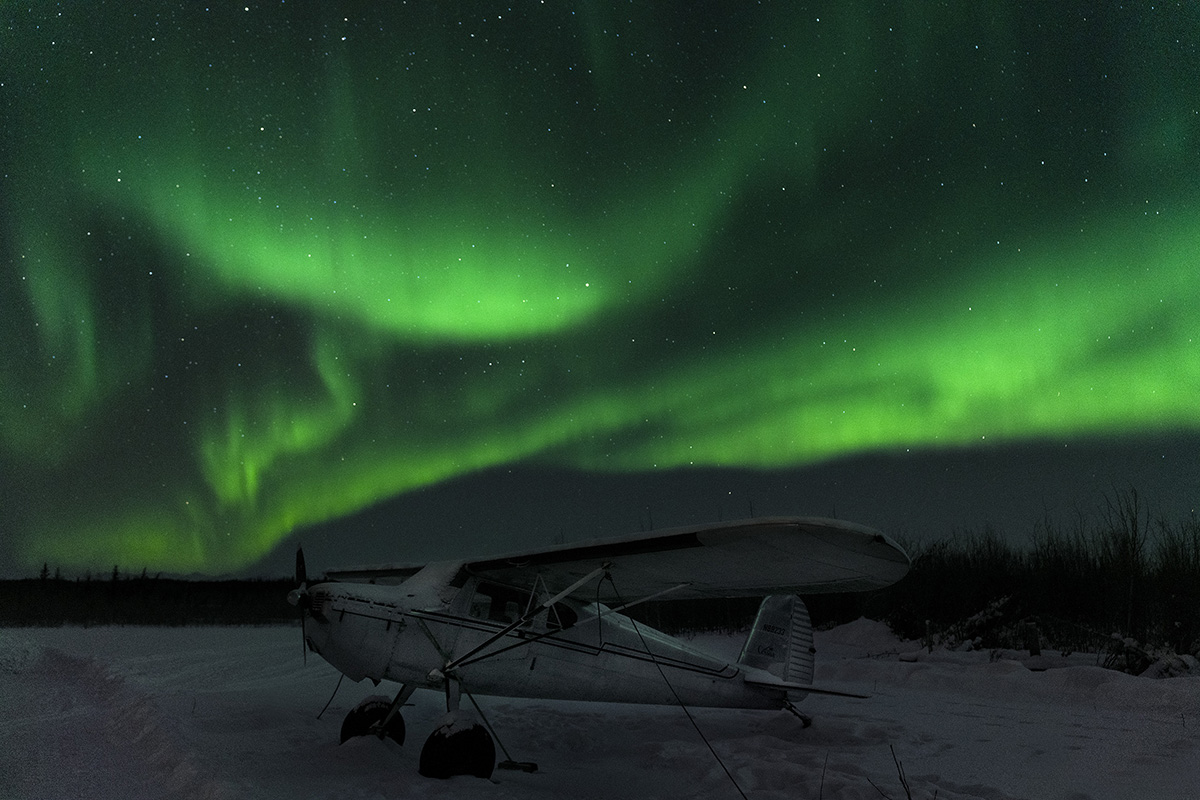Journey to Bettles, Alaska
Ken Hubbard uses the Tamron 28-75mm F/2.8 G2 lens for his adventures in dog-sledding, and his first glimpses ever of the aurora borealis.
Share the article:
More Photo Tips | Video Gallery | Photo Gallery | Enewsletter sign-up
By Jenn Gidman
Images by Ken Hubbard
A recent journey to Bettles, Alaska, a small city 40 miles north of the Arctic Circle, introduced Ken Hubbard to a tundra of subzero temperatures, adventures in dog-sledding, and his first glimpses ever of the aurora borealis. Ken captures it all with the Tamron 28-75mm F/2.8 G2 lens, a high-speed zoom lens that withstood the frigid conditions to deliver sharp, high-definition photos from the farthest reaches of the Great Frontier.
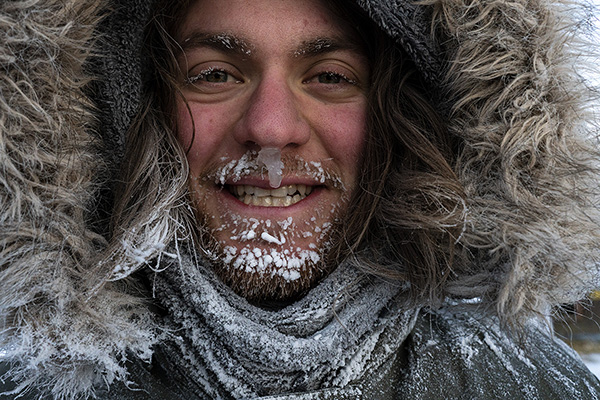
31mm, f/8, 1/400 sec., ISO 1600
Click image to view larger
“The 28-75 was perfect for the activities I shot in this location, and it performed beautifully,” Ken says. “The 28-75 is a landscape lens, it’s a portrait lens, and the wide angle was definitely critical when I was capturing the northern lights and taking pictures of the dog-sledding. The lens is versatile enough so that I could zoom in on the dogs when I wanted to, but also go wide when I wanted to include more of the trees and snow in the surrounding landscape as they sped down the path.”
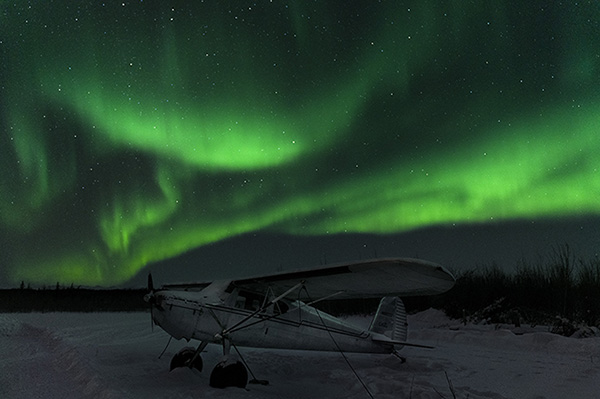
28mm, f/2.8, 2.5 sec., ISO 3200
Click image to view larger
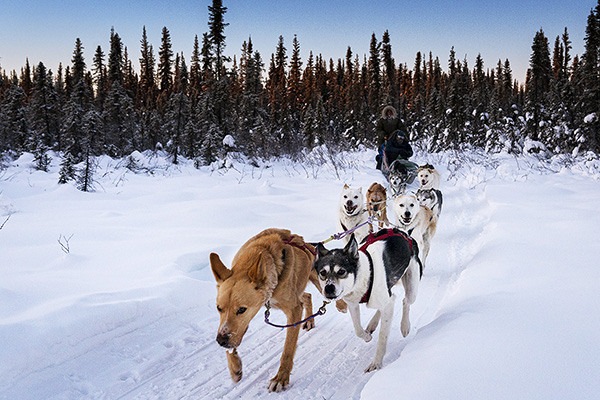
28mm, f/8, 1/540 sec., ISO 1600
Click image to view larger
The 28-75’s F/2.8 aperture also proved key. “When you’re that far north, the sun only rises for a couple of hours each day,” Ken says. “The 28-75’s maximum F/2.8 aperture came through for me in that soft, low light, especially when I was photographing the sled dogs. By bringing up my ISO just a bit and being able to open up to F/2.8, I was able to achieve the shutter speeds I needed to freeze the action.”
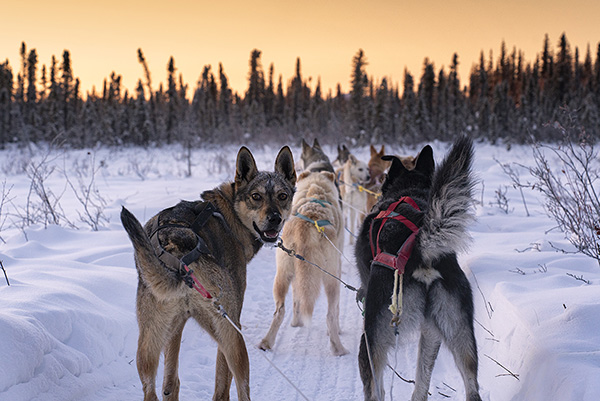
72mm, f/6.3 1/640 sec., ISO 1600
Click image to view larger
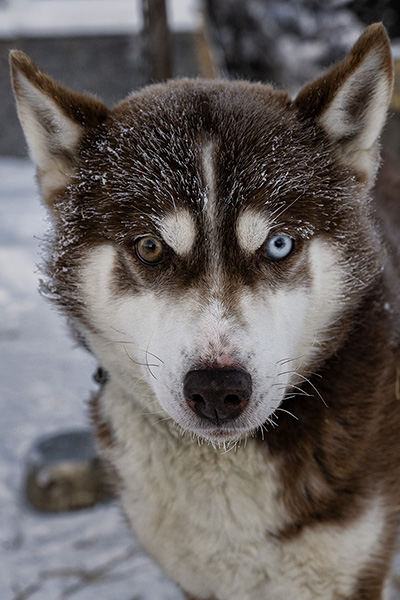
63mm, f/6.3, 1/500 sec., ISO 1600
Click image to view larger
That F/2.8 aperture also came in handy for the spectacular nighttime sky shows Ken had a chance to witness. “Being able to open up that much is crucial when shooting the northern lights, because you can’t have too long of a shutter speed,” he notes. “When you’re photographing stars, you can use a 20- or 25-second shutter speed, but if you do that with the northern lights, which are constantly moving, they’re going to just become a blur.”
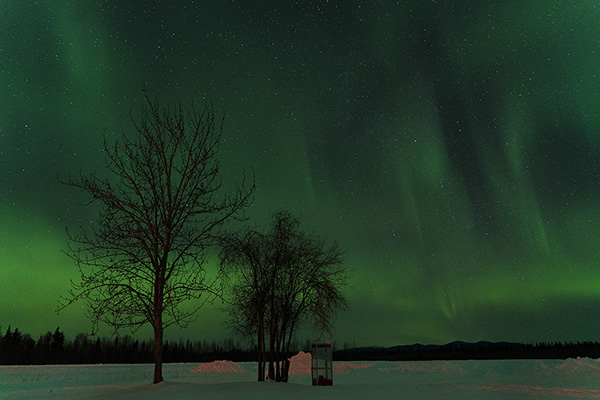
28mm, f/2.8, 3.2 sec., ISO 3200
Click image to view larger
More Photo Tips | Watch Videos | Learn More About Tamron Lenses | Photo Gallery
